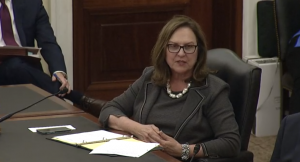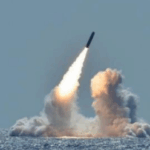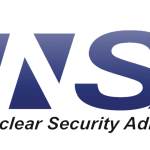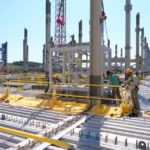
In a budget hearing that was mostly a best-of, a couple senators asked the acting head of the National Nuclear Security Administration (NNSA) about alternative means of meeting the mission objectives of the day, including by producing pits at the Lawrence Livermore National Laboratory or buying, instead of enriching, uranium needed to produce weapons-tritium in the 2040s. Sen. Deb Fischer (R-Neb.) asked Charles Verdon, the acting NNSA administrator, “what kind of investments would have to be made” to produce plutonium…

 By
By 











